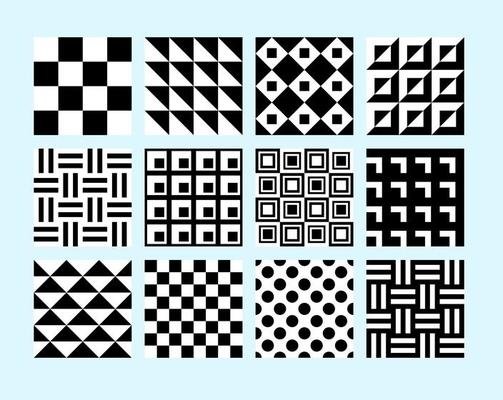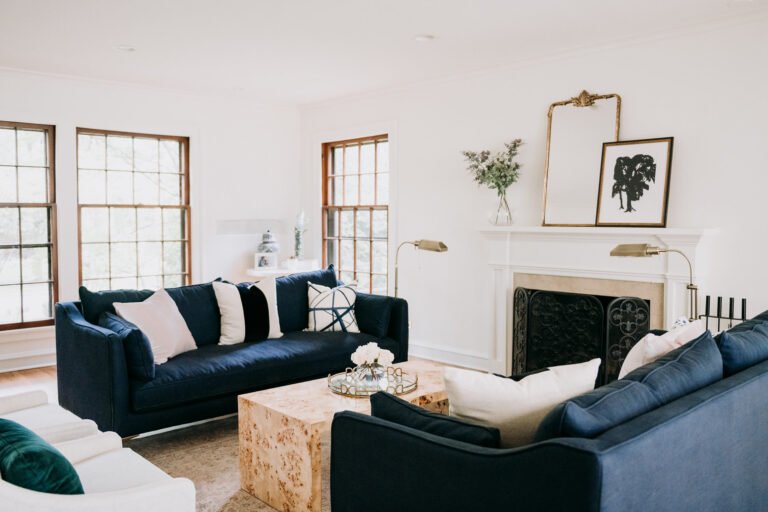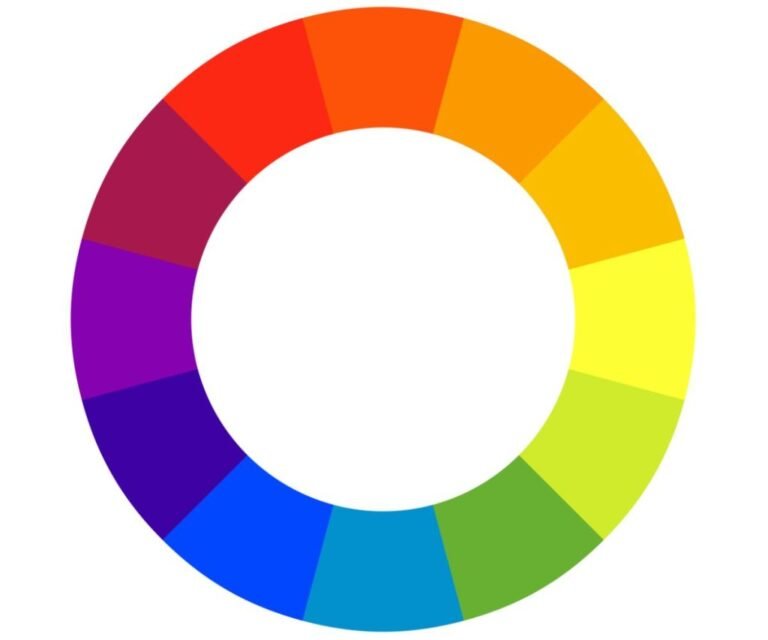Repetition in Art: The Complete Guide to Understanding Its Power
Repetition in art is the deliberate reuse of forms, lines, colors, textures, or motifs within a composition. Artists across centuries have employed repetition to create rhythm, reinforce messages, and establish unity. From prehistoric cave paintings to contemporary digital installations, repetition functions as a universal design principle that enhances both aesthetic value and psychological impact.
What is Repetition in Art?
Repetition in art is the consistent recurrence of visual elements within a creative work. These may include shapes, patterns, symbols, brushstrokes, or themes. By repeating specific features, the artist directs attention, builds cohesion, and delivers meaning with clarity.
Core attributes of repetition in art include:
-
Consistency: The repeated element remains recognizable.
-
Pattern Formation: Repeated units create structured designs.
-
Visual Rhythm: The eye follows repeated details across the canvas.
-
Psychological Impact: Familiarity strengthens memory and recognition.
Importance of Repetition in Art
Repetition is not merely a decorative tool. It influences both aesthetic outcomes and viewer experience.
-
Establishes Visual Harmony: Creates balance and order.
-
Highlights Key Motifs: Strengthens thematic emphasis.
-
Generates Rhythm: Guides the viewer’s gaze like a musical beat.
-
Communicates Symbolism: Reinforces cultural or spiritual meanings.
-
Supports Memory Retention: Enhances recognition and recall.
Types of Repetition in Art
The concept of repetition manifests in multiple forms. Each type carries unique applications and symbolic functions.
| Type of Repetition | Description | Example |
|---|---|---|
| Simple Repetition | Identical duplication of elements | Egyptian hieroglyphic borders |
| Alternating Repetition | Two or more elements arranged in sequence | Islamic tile patterns |
| Progressive Repetition | Gradual transformation of a repeated element | Futurist motion paintings |
| Radial Repetition | Elements repeated around a center | Gothic rose windows |
| Irregular Repetition | Controlled variations within repetition | Yayoi Kusama’s infinity dots |
Historical Role of Repetition in Art
Prehistoric Times
-
Cave paintings in Lascaux repeated animal figures to record rituals.
-
Symbols were reused to establish cultural identity.
Ancient Egypt
-
Pharaoh figures were repeated across temple walls to display eternal rule.
-
Hieroglyphs used repetition to maintain narrative clarity.
Classical Greece
-
Pottery showcased repetitive geometric borders.
-
Sculptures repeated proportion systems for harmony.
Renaissance
-
Architecture relied on repeated arches and columns.
-
Frescoes displayed repeating decorative motifs for balance.
Modern and Contemporary Art
-
Pop Art repeated consumer images (Warhol’s Marilyn series).
-
Minimalism emphasized repetition of industrial forms (Donald Judd).
-
Digital art repeats algorithmic patterns endlessly.
Functions of Repetition in Art
Create Emphasis
To highlight importance, artists repeat motifs. Warhol’s soup cans emphasize consumerism.
Build Unity
Repetition unifies different elements. Monet’s water lilies connect multiple canvases.
Suggest Movement
Repeated lines and shapes create motion illusions. Duchamp’s “Nude Descending a Staircase” demonstrates kinetic repetition.
Convey Symbolism
Sacred art uses repetition to symbolize infinity. Mandalas employ concentric repetitions for meditation.
Establish Order
Architects repeat columns and arches to build structural order. Roman aqueducts illustrate functional repetition.
Repetition Across Different Art Forms
Painting
-
Van Gogh repeated brushstrokes in Starry Night.
-
Mondrian repeated geometric lines for rhythm.
Sculpture
-
Classical drapery folds repeated for texture.
-
Minimalist sculptures used repeated modules.
Architecture
-
Gothic cathedrals repeated arches for grandeur.
-
Skyscrapers repeat glass windows for uniformity.
Music
-
Beethoven repeated motifs to unify symphonies.
-
Electronic music uses loops as repetition.
Literature
-
Poets repeat words for rhythm and intensity.
-
Dickens repeated sentence structures for emphasis.
Film
-
Directors repeat motifs for symbolism.
-
Hitchcock repeated staircases to build suspense.
Photography
-
Bernd and Hilla Becher repeated images of industrial structures.
-
Cindy Sherman repeated portraits to explore identity.
Psychological Impact of Repetition in Art
Repetition directly affects cognitive processing:
-
Familiarity: Builds comfort and recognition.
-
Memory Retention: Enhances recall of themes.
-
Predictability: Offers stability to viewers.
-
Emotional Resonance: Reinforces mood or atmosphere.
Too much repetition, however, risks monotony. Artists balance consistency with variation to maintain engagement.
Repetition in Cultural and Religious Contexts
-
Buddhist Mandalas: Repeat concentric forms to represent cosmic order.
-
Islamic Art: Uses geometric repetition to symbolize infinity.
-
Christian Icons: Repeat halos to denote sanctity.
-
African Textiles: Repeat patterns to convey cultural identity.
Examples of Famous Artworks Using Repetition
-
Warhol’s Marilyn Diptych (1962): Repeated celebrity portraits.
-
Kusama’s Infinity Rooms: Repeated dots and mirrors.
-
M.C. Escher’s Tessellations: Repeated geometric shapes.
-
Becher’s Photographic Grids: Repeated industrial architecture.
Characteristics of Repetition in Art
-
Consistent recurrence of elements.
-
Establishment of visual rhythm.
-
Creation of harmony and balance.
-
Emphasis on symbolic motifs.
-
Capacity for both unity and monotony.
-
Function across all art forms.
-
Influence on cultural symbolism.
FAQs About Repetition in Art
1. What does repetition mean in art?
Repetition in art means the recurring use of shapes, colors, lines, or themes to establish rhythm, unity, or emphasis.
2. Why is repetition important in design?
Repetition is important because it creates consistency, strengthens recognition, and enhances the visual order of the composition.
3. How is repetition different from pattern?
Repetition refers to the recurrence of an element, while a pattern results from the structured arrangement of repeated units.
4. Which artists are known for repetition in their work?
Andy Warhol, Yayoi Kusama, Claude Monet, Piet Mondrian, and Donald Judd are known for their use of repetition.
5. How does repetition affect the viewer psychologically?
Repetition triggers familiarity, builds memory retention, and produces emotional resonance, while excessive repetition may cause monotony.
6. What are examples of repetition in architecture?
Examples include Roman aqueduct arches, Gothic cathedral vaults, and modern skyscraper window grids.
7. Can repetition exist without symmetry?
Yes, irregular repetition allows variation while maintaining recurrence, such as in Kusama’s dots or Pollock’s drip paintings.
8. Is repetition always intentional?
Most artistic repetition is deliberate, but sometimes repetition arises from technical methods such as printmaking or photography.
Learn More: Frankie Valli Net Worth: A Complete Financial Biography
Conclusion
Repetition in art is the structured recurrence of elements that unify, emphasize, and energize compositions across cultures and mediums. From ancient hieroglyphs to modern digital art, repetition shapes human perception, memory, and emotion. Its power lies in balancing familiarity with variation, order with movement, and tradition with innovation.







